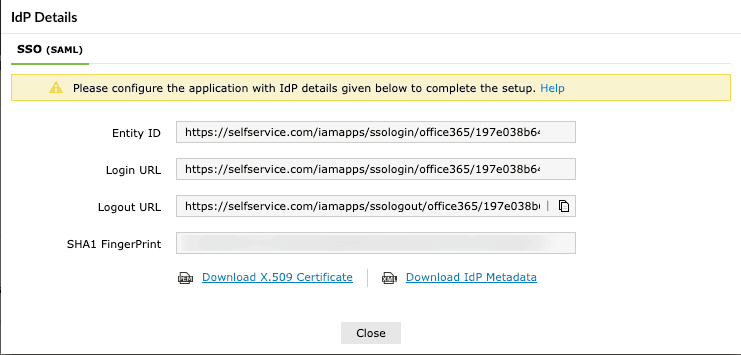

So these are a little easier to manage than some of the other MacOS posts, but that’s because its easer to configure than other things with MacOS in Intune.

Please be sure to test this process fully before deploying in ANY production capacity, and ensure you understand that you are doing so at your own risk. There is no commitment about the content within the services that the specific functions of the services or its reliability, applicability or ability to meet your needs, whether unique or standard. In further, such shall be considered as is without any express or implied warranties including, but not limited to express and implied warranties of merchantability, fitness for a particular purpose and non-infringement.

This existence and contents shall not create an obligation, liability or suggest a consultancy relationship. Please understand that the content herein is for informational purposes only. Because it is leveraging Azure AD for authentication, this SSO option is limited to Cloud apps that utilize Azure AD authentication, but hey, it’s something! Let’s take a look at how you can configure this, and what you need to do to make life a little easier for MacOS users. While this is still true, Microsoft has now released a process to use Azure AD SSO with MacOS devices enrolled in Microsoft Intune. Apple doesn’t have a native enterprise identity provider platform so there is not a built-in method for linking Apple Devices to Microsoft Active Directory. One disadvantage for MacOS devices in a Windows environment, traditionally has been a lack of (Single-Sign-On) SSO for MacOS.


 0 kommentar(er)
0 kommentar(er)
